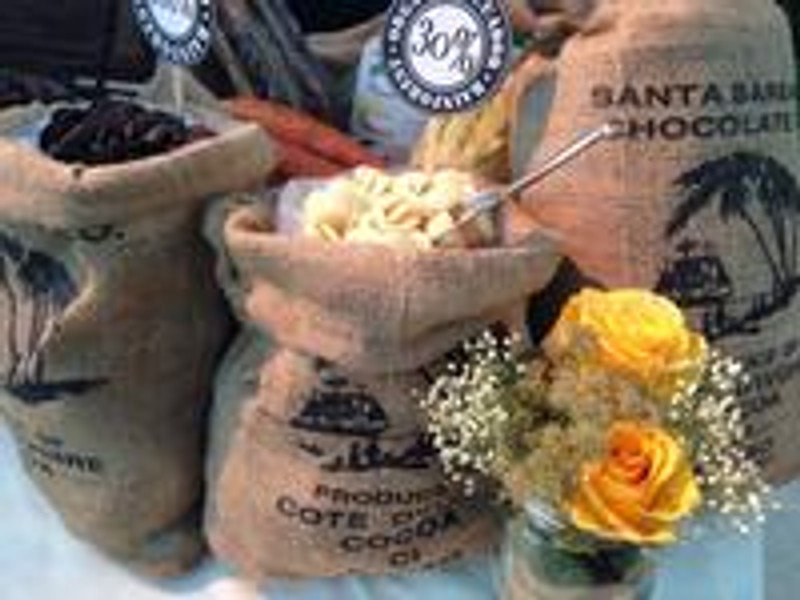Cocoa Butter and Melting Chocolate
Cocoa butter is an essential component of all real chocolate. In fact, chocolate isn't truly chocolate unless cocoa butter makes up a significant portion of the ingredients. Unlike confectioner's coatings—also known as melting chocolate, dipping chocolate, or pre-tempered chocolate—which contain non-cocoa bean vegetable fats like palm oil, real chocolate relies on cocoa butter to provide its signature texture and flavor.
The Role of Cocoa Butter in Chocolate
Cocoa margarine is the normally occurring fat found in cocoa beans, making it a basic component in couverture chocolate. Regularly, cocoa margarine represents around half of the complete cocoa solids in couverture, giving the chocolate its smooth surface, sparkle, and capacity to appropriately treat.
The softening mark of cocoa margarine midpoints 98°F (37°C), however, it can differ contingent upon where the cocoa beans are developed. Cocoa beans from districts close to the Equator produce cocoa spread with a higher dissolving point, while those from higher scopes (like 20 degrees North or South) yield cocoa margarine with a lower liquefying point.
This distinction is because of the number of hot sunshine hours the cocoa trees are presented to during the developing season. Longer openness to high temperatures brings about cocoa spread that stays strong at hotter temperatures, though cocoa margarine from cooler areas will in general be gentler.
How Cocoa Butter Affects Chocolate Texture
Santa Barbara Chocolate carefully selects cocoa butter based on the desired characteristics of each chocolate variety.
-
Belgian Chocolates: Made with high-quality cocoa butter from Malaysia (near the Equator), these chocolates have a higher melting point, making them firmer and providing a more solid temper.
-
Organic Chocolates: Sourced from Peru, which is further from the Equator, these chocolates contain softer cocoa butter with a lower melting point, resulting in a more delicate texture.
Neither type of cocoa butter is inherently better than the other, but they do behave differently when tempered. Chocolates with higher-melting-point cocoa butter offer a greater range of tempering temperatures, while those with lower-melting-point cocoa butter require more precise temperature control during tempering.
Understanding Chocolate Hardness and Meltability
The cocoa butter composition in each chocolate variety explains why two chocolates with the same cocoa percentage can feel different in texture. For example:
-
Organic Dark 70% may feel softer due to its lower-melting-point cocoa butter.
-
Belgian 64% may feel firmer because it contains cocoa butter with a higher melting point.
This is why some chocolates are naturally more solid at room temperature, while others melt more easily when handled.
Tips for Working with Different Cocoa Butters
If you’re tempering or molding chocolate, understanding cocoa butter properties can help achieve the best results.
-
For Firmer Chocolate: Use chocolate with a higher-melting-point cocoa butter, as it will stay solid longer at warmer temperatures.
-
For Softer Chocolate: Be mindful of temperature control, as chocolates with a lower melting point will soften more quickly.
-
For Smooth Melting: Gradually heat the chocolate and temper carefully to ensure even distribution of cocoa butter crystals.
By selecting the right type of chocolate for the intended use, chocolatiers and bakers can ensure optimal texture, consistency, and ease of handling.

